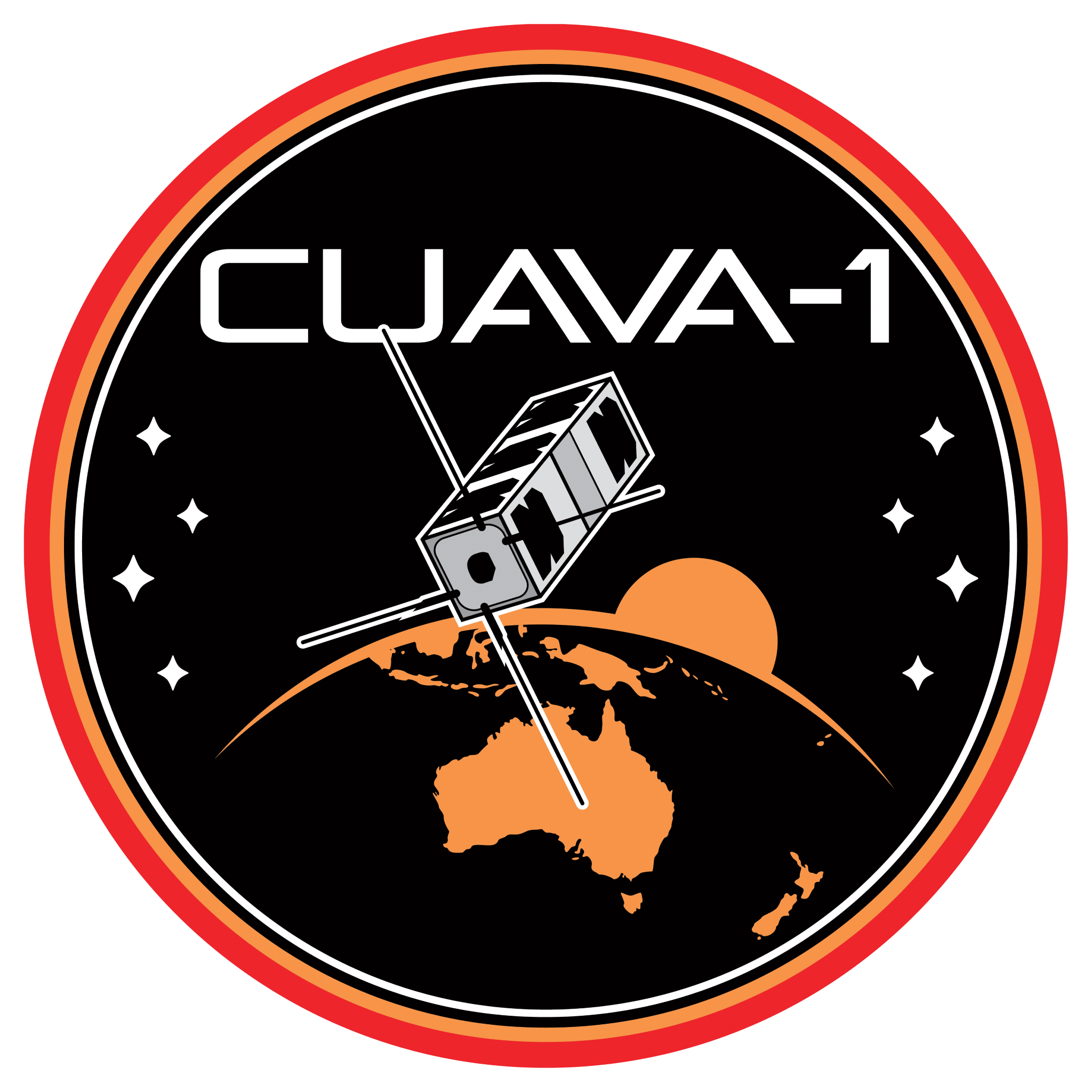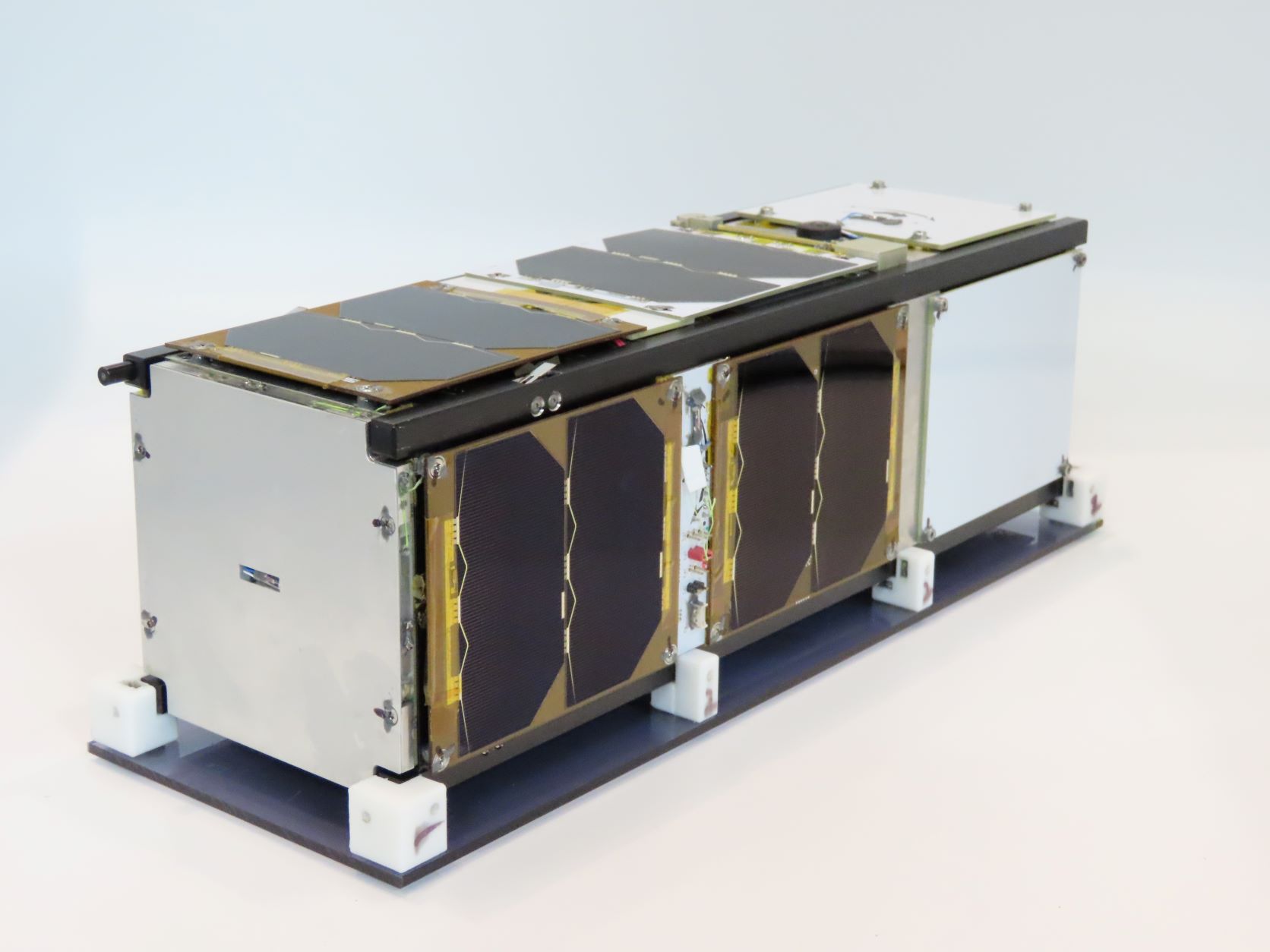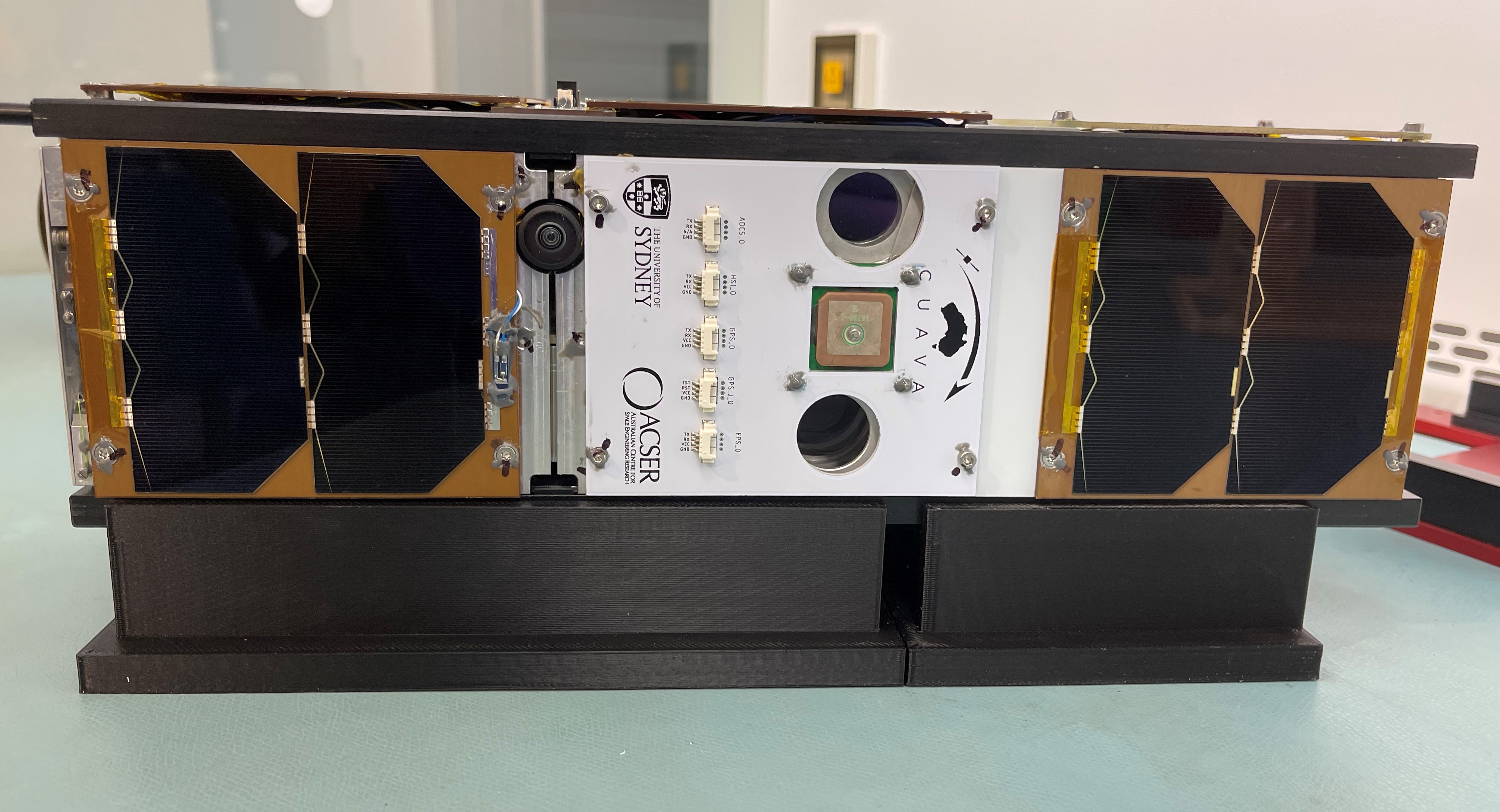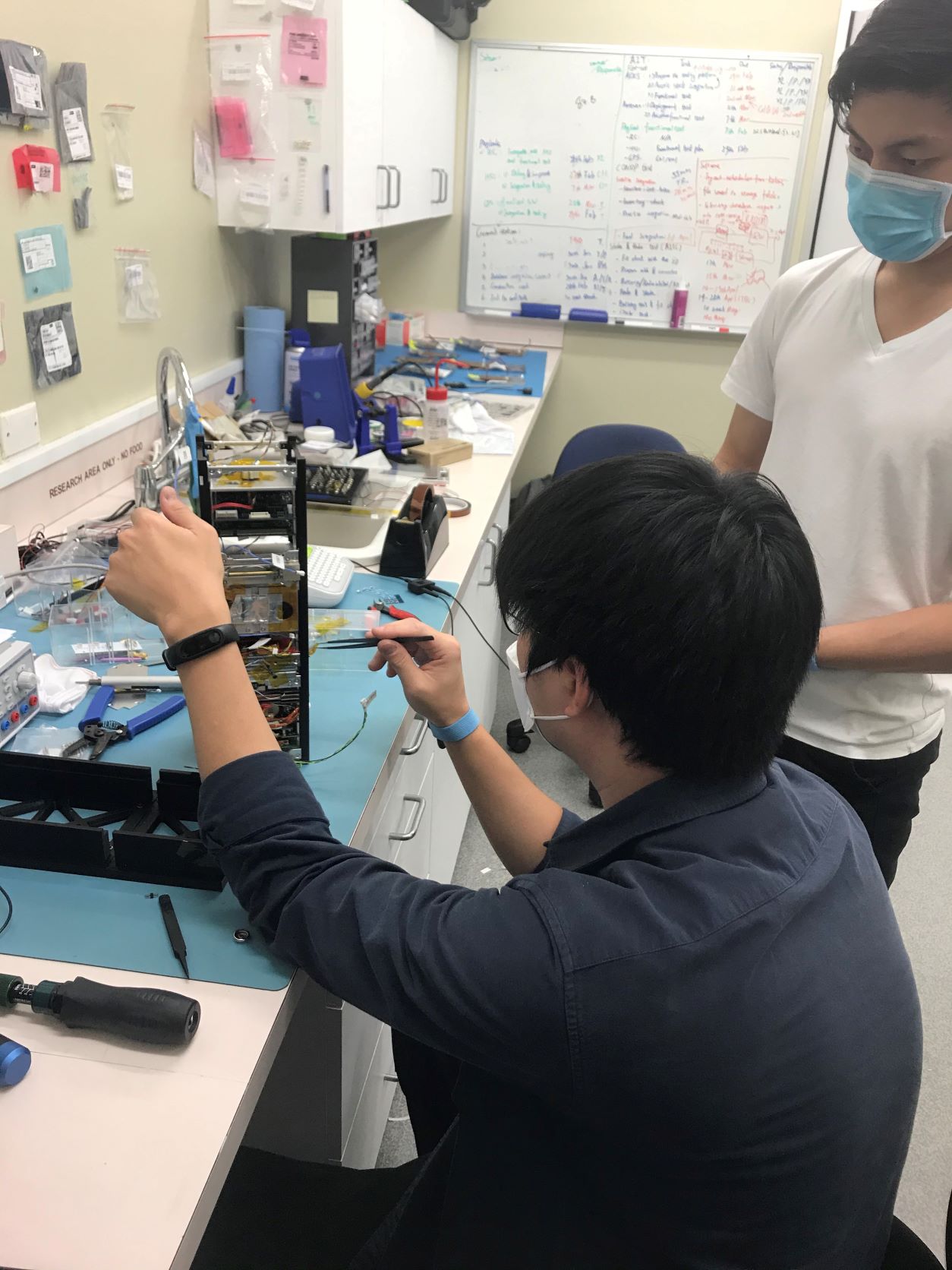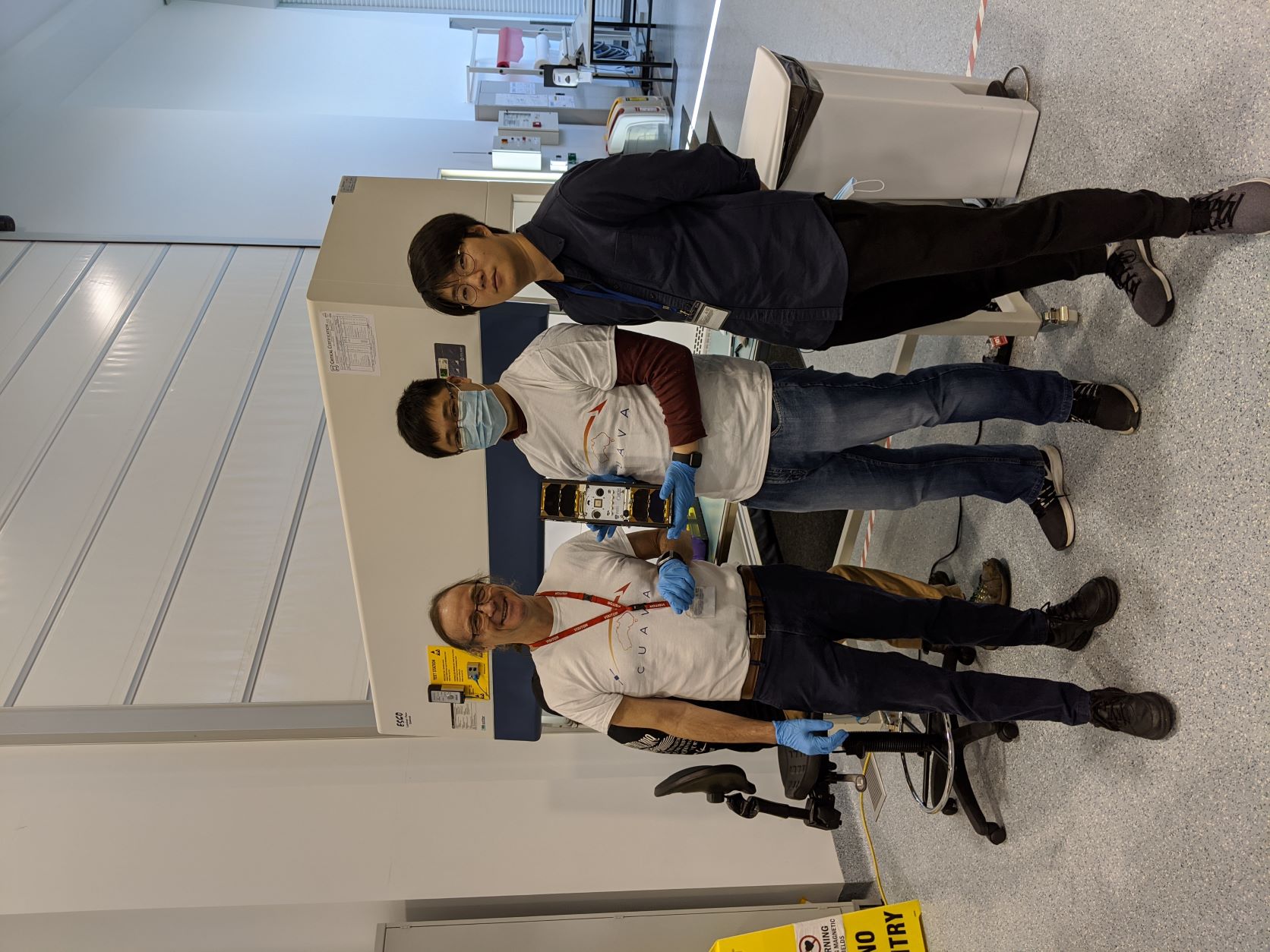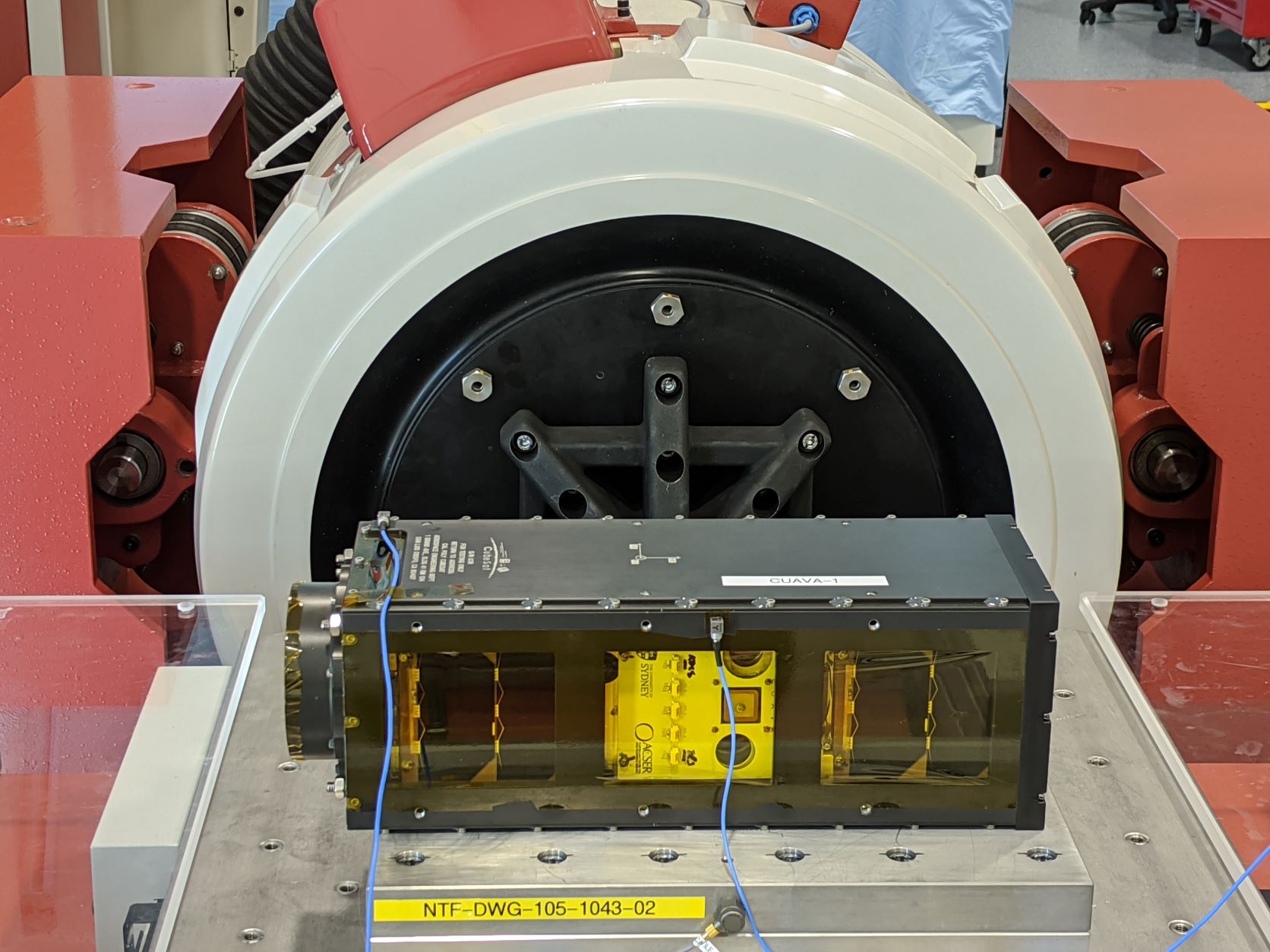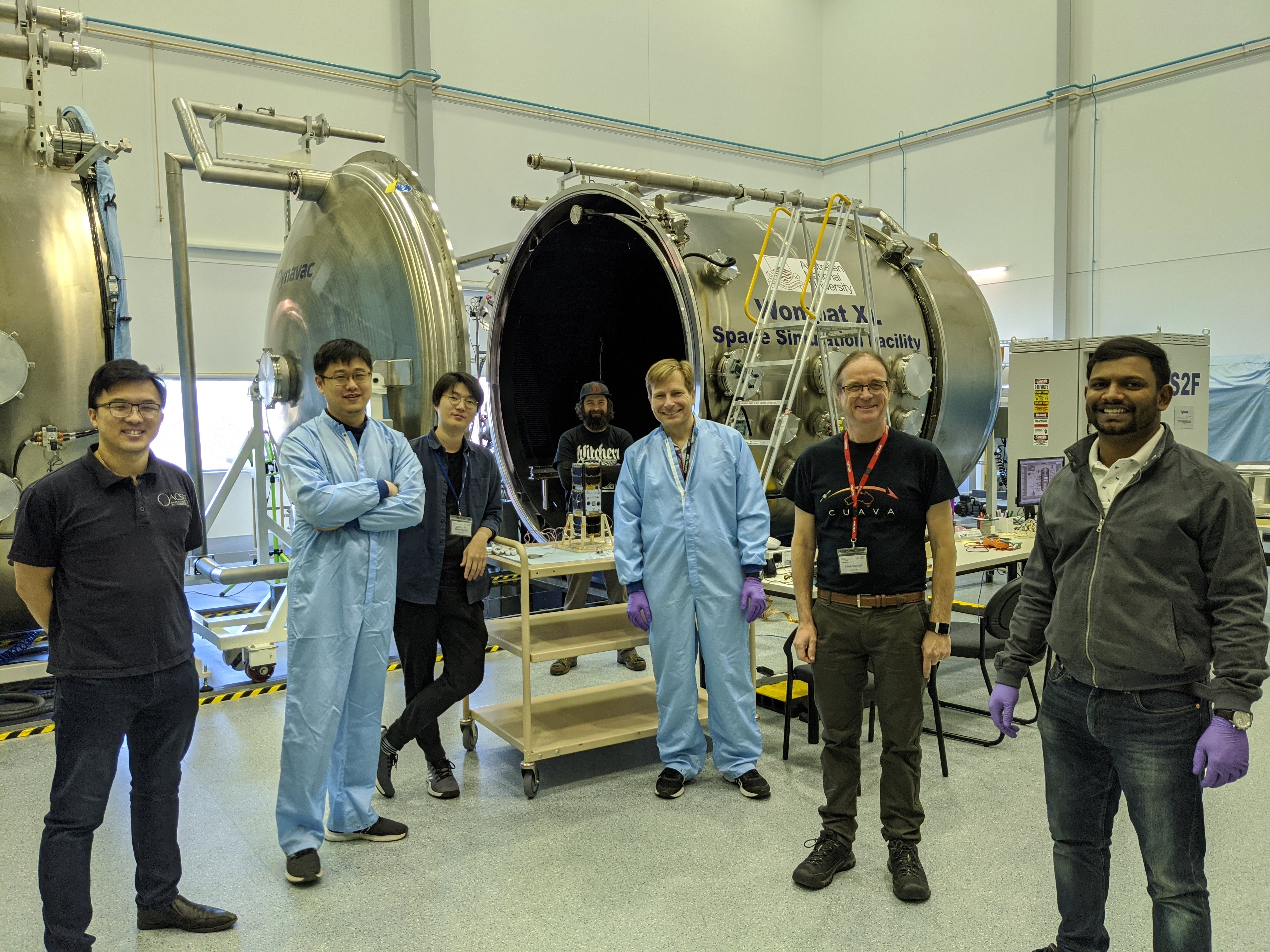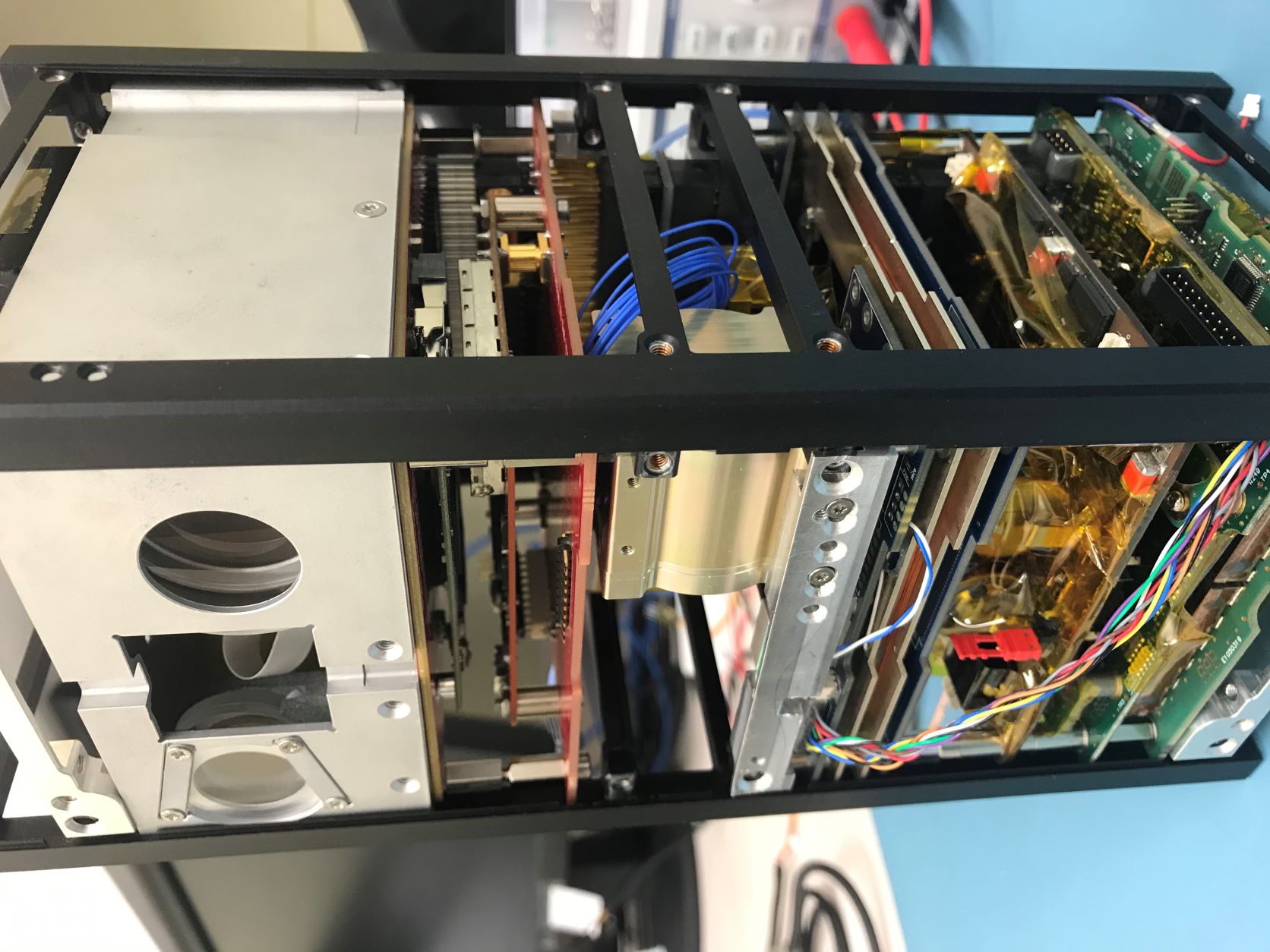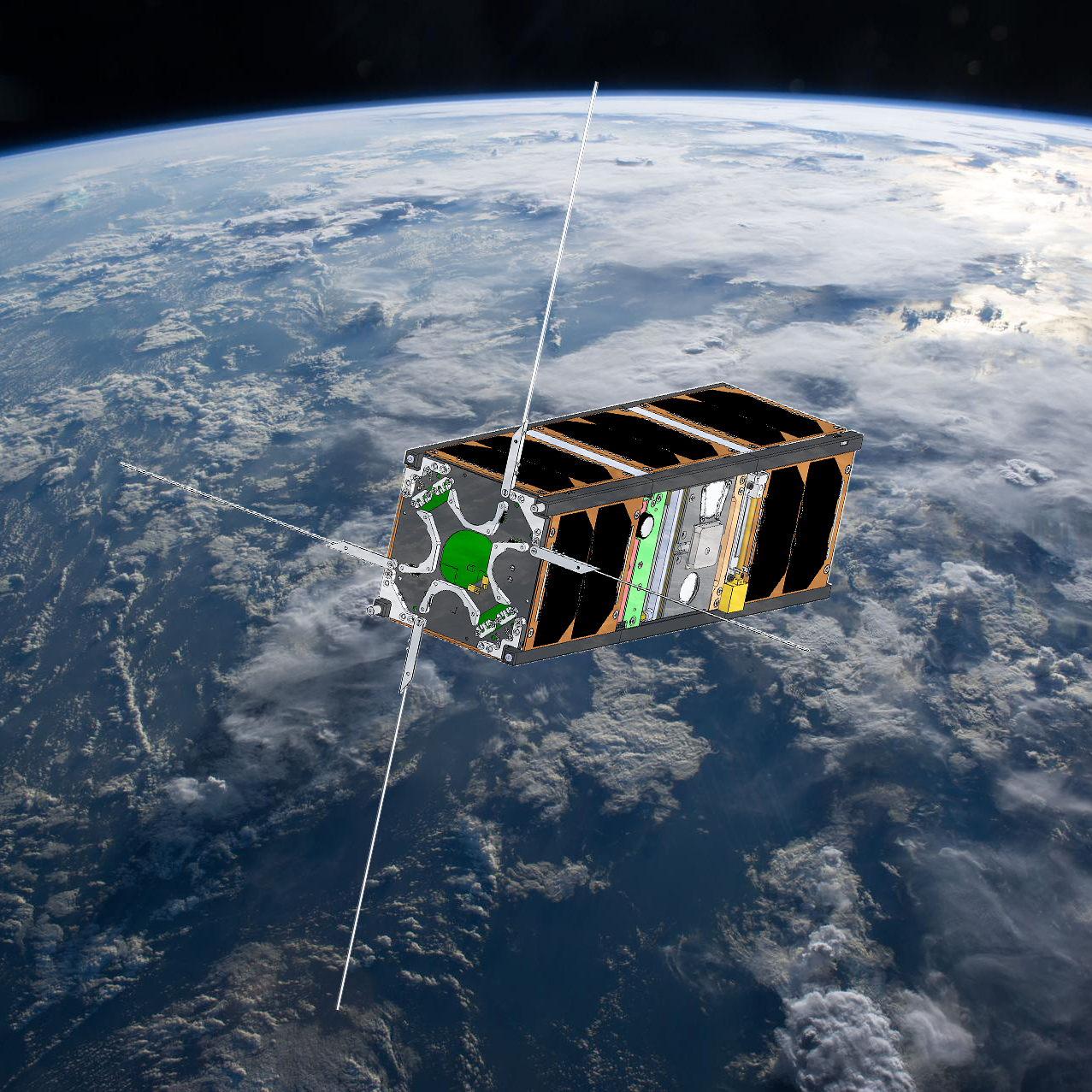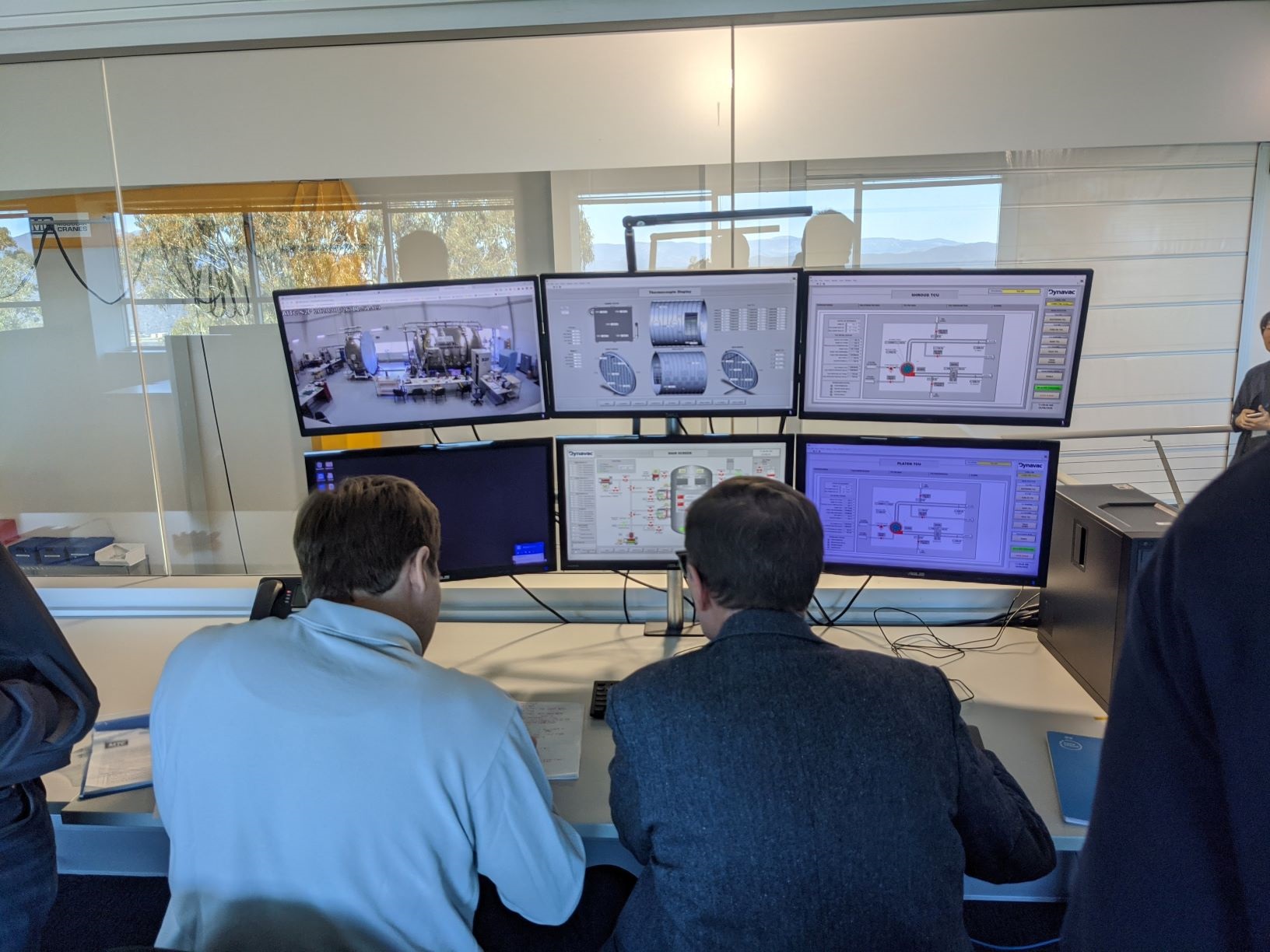Australian satellite on countdown to launch from Cape Canaveral.
CUAVA-1 will carry experimental payloads for deployment from the International Space Station.
CUAVA-1, an Australian designed and built spacecraft, will be launched onboard a Space-X Falcon 9 SpX-23 rocket this Saturday, 28 August 2021. Scheduled launch time is 5.37pm AEST, from the Kennedy Space Center at Cape Canaveral, Florida. A lead project of the Australian Research Council Training Centre for CubeSats, Uncrewed Aerial Vehicles and their Applications (CUAVA), this first mission is one of many expected to help pave the way for the development of a sustained commercial and scientific space industry in NSW and Australia.
CUAVA-1 will carry four experimental payloads intended to give scientists and research students fresh insights from near-Earth orbit during its 12-month mission. CUAVA-1 is being launched to the International Space Station for deployment into orbit about 400 kilometres above Earth, expected later this year.
The CUAVA-1 mission aims to:
- Investigate Earth’s plasma environment and space weather using onboard radiation detectors;
- Observe Earth using novel imaging technology;
- Test equipment designed for use in a future satellite that will search for signs of life on planets around Alpha Centauri, our nearest star system;
- Link with the international amateur radio union for education and outreach.
The CUAVA-1 mission will give students and postdoctoral researchers unique access to develop skills and experience with space-flight in readiness for employment within the Australian space industry. The Director of CUAVA, Professor Iver Cairns from the School of Physics at the University of Sydney, said: “This mission shows that Australian universities are at the forefront of our emerging national space industry. Our CUAVA Training Centre is leading in the development of near-Earth space technology and is a critical link in training the next generation of space engineers and scientists.”
Partly funded by the NSW Government, the project is an important step in the development of Australia’s burgeoning space industry. NSW Minister for Jobs, Investment, Tourism and Western Sydney Stuart Ayres said: “CUAVA is leading the way in developing the space technology of the future and training the people that will use it. “NSW congratulates CUAVA on the launch of its first satellite. Our state is home to almost half of Australia’s space-related businesses and generates around half of all space-related revenue nationally: there is no better place to support space technology research and development to create the jobs of the future.”


